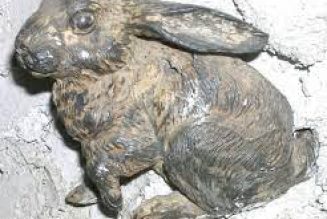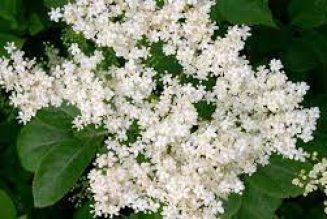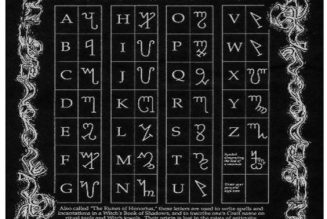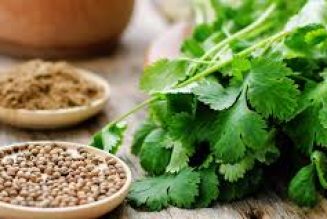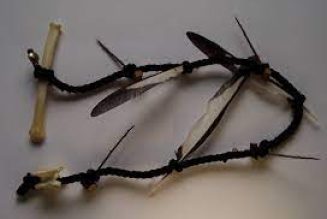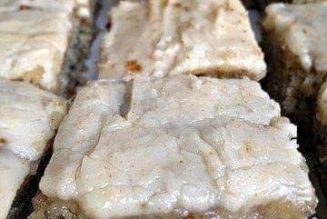Henges and hedges, dill heaps, stone walls and more have marked the edges of a community. In my own little parish, a couple of years ago we re-established “beating the bounds”, a tradition of going around and adding soil and sod to the “dill heaps”, little mounds of earth that mark the parish boundary. We have two boundaries, one for the lower common and one for the upper common. Looking at old maps, we determined that there were 35 dill heaps for the lower common, and established a day when members of the community could walk the
boundaries and search for these little heaps of earth, to reinstate them and to take care of them every two years. It was also the custom to
bounce the youngest child on top of each dill heap: why I have no idea!
Our vicar blessed the community, the farms and fields, the crops and gardens, the shop and school and then we headed out on a four-mile trek through the landscape. At each dill heap I left an offering of seeds for the local wildlife and the Fair Folk .
To walk a boundary is to find where edges meet. In permaculture, the place where two environments meet, such as forest and field, is where there is the most diversity. Where we find our edges meeting with another, we can gain inspiration, called the awen in Druidry. This is
what relationship is all about: the give and take, learning and working together, finding out how you fit in your own local patch. The threads of awen shimmer where the edges meet. These are liminal places, where one energy merges with another, such as at the seashore, or on a
mountaintop between earth and sky, at the edge of a lake or in a park in the middle of a city.
Hedges are often places that delineate boundaries, and here in Britain there are some hedgerows that are hundreds and hundreds of years old, places of great bio-diversity in an ever-increasing mono-cultured world. Where I live in East Anglia, it is mostly farmland or grazing pasture, and the hedgerows mark the boundaries of the farmer’s land. They are also incredible habitats for nature, wonderful “corridors” that allow animals to travel many miles in search of food or places to live. Hedges that link with each other can stretch for miles, and are places where wild birds, mice, snakes, toads, insects of all kinds and more can thrive. Hedges are also places that can mark the boundary between our garden and the wilderness beyond. I have a hedge all around my back garden, and at the bottom of the garden the hedge marks the spot
between me and a small patch of a wild and wooded area that flows along the small valley’s depression. Often wild creatures come through
holes in the hedge to visit my garden: fallow deer and muntjac deer, badgers, foxes and pheasants. It’s also a highway for local cats to pass
through into the “wilds” beyond. Yet the hedge is not only a boundary in this very physical sense; it is also a boundary between this world and the Otherworld.
